Home>Home Appliances>Kitchen Appliances>How To Troubleshoot Glass Top Stove Burners And Switches
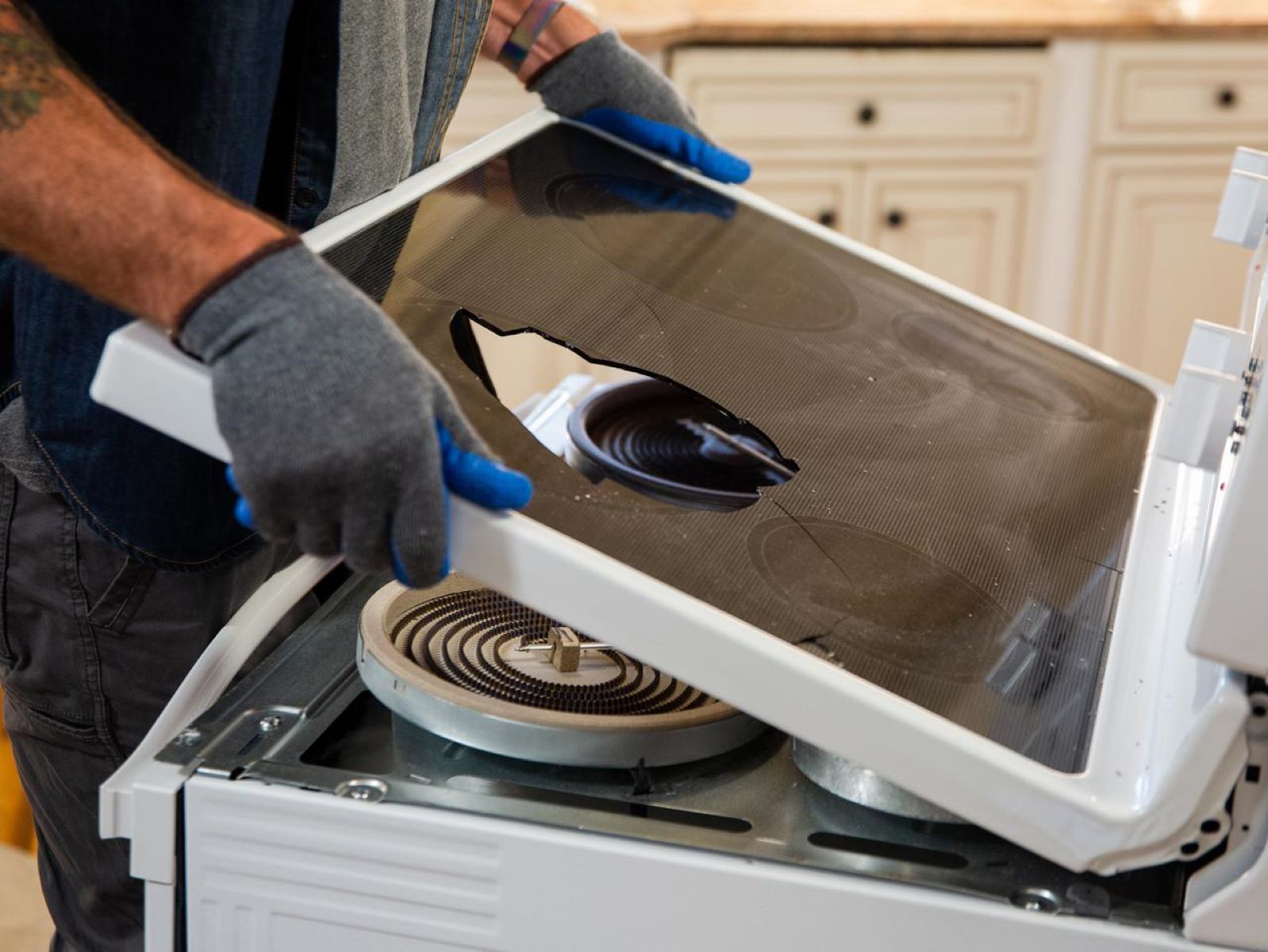

Kitchen Appliances
How To Troubleshoot Glass Top Stove Burners And Switches
Modified: February 17, 2024
Learn how to troubleshoot and fix issues with your kitchen appliances. Get expert tips for troubleshooting glass top stove burners and switches. Keep your kitchen running smoothly!
(Many of the links in this article redirect to a specific reviewed product. Your purchase of these products through affiliate links helps to generate commission for Storables.com, at no extra cost. Learn more)
Introduction
Glass top stoves have become a popular choice in modern kitchens due to their sleek design and ease of cleaning. These stoves feature smooth, flat cooking surfaces made of glass-ceramic, which not only add a touch of elegance to the kitchen but also offer efficient heat transfer for cooking. However, like any appliance, glass top stoves are susceptible to issues that may affect their performance.
Understanding how to troubleshoot common problems with glass top stove burners and switches is essential for maintaining the functionality of these appliances. Whether you're dealing with unresponsive burners or malfunctioning switches, having the knowledge to diagnose and resolve these issues can save you time and money on unnecessary repairs.
In this comprehensive guide, we will delve into the common issues that arise with glass top stove burners and switches, and provide step-by-step troubleshooting techniques to help you identify and address these problems effectively. By familiarizing yourself with the inner workings of your glass top stove, you can gain the confidence to tackle minor issues on your own and ensure that your stove continues to serve you well for years to come.
Let's explore the intricacies of troubleshooting glass top stove burners and switches, empowering you to take control of the maintenance and functionality of these essential kitchen appliances.
Key Takeaways:
- Troubleshooting glass top stove burners involves checking power supply, inspecting elements, testing operation, cleaning surface, and examining wiring to ensure optimal cooking performance.
- Understanding common stove switch issues and troubleshooting steps, such as inspecting knobs, testing responsiveness, checking electrical supply, and replacing faulty switches, ensures smooth heat regulation.
Read more: What Are Glass Top Stove Burners Made Of
Common Issues with Glass Top Stove Burners
Glass top stove burners are integral components of the appliance, responsible for generating the heat necessary for cooking. Despite their importance, these burners can experience various issues that may hinder their performance. Understanding the common problems associated with glass top stove burners is crucial for effectively troubleshooting and resolving these issues. Here are some of the most prevalent issues you may encounter:
-
Uneven Heating: One common issue with glass top stove burners is uneven heating. This can result in certain areas of the cookware receiving more heat than others, leading to unevenly cooked food. Uneven heating may occur due to a variety of factors, such as a damaged or worn-out burner element, improper cookware placement, or a malfunctioning heating element.
-
Burner Not Heating: A burner that fails to heat up is another frequent problem. This issue can be attributed to a faulty heating element, a damaged burner receptacle, or an electrical connection problem. When a burner does not heat up, it can disrupt the cooking process and cause inconvenience in the kitchen.
-
Visible Damage: Over time, glass top stove burners may exhibit visible signs of wear and tear, such as cracks, chips, or discoloration. These aesthetic issues not only detract from the stove's appearance but can also indicate underlying functional problems. Cracks or chips in the burner surface can lead to heat loss and may pose safety hazards.
-
Inconsistent Temperature Control: Some users may encounter difficulties in maintaining consistent temperature control with their glass top stove burners. Fluctuating heat levels or an inability to adjust the temperature accurately can impact the cooking process and result in subpar culinary outcomes.
-
Scratches and Abrasions: The smooth glass surface of the stove burners is susceptible to scratches and abrasions, which can occur from the use of abrasive cleaning materials or the sliding of heavy cookware. These blemishes not only affect the stove's aesthetics but can also compromise its functionality over time.
By recognizing these common issues with glass top stove burners, you can proactively address any performance issues and ensure the continued functionality of your appliance. In the following sections, we will explore troubleshooting techniques to help you identify and resolve these problems effectively.
Troubleshooting the Burners
When faced with issues related to glass top stove burners, it's essential to approach troubleshooting systematically to identify the root cause of the problem. By following a structured approach, you can effectively diagnose and resolve burner-related issues, ensuring that your glass top stove operates optimally. Here's a step-by-step guide to troubleshooting the burners:
-
Check Power Supply: Begin by ensuring that the stove is receiving adequate power. Verify that the appliance is plugged in securely and that the circuit breaker or fuse is not tripped. A lack of power supply can result in non-functioning burners.
-
Inspect Burner Elements: Examine the burner elements for any visible signs of damage, such as cracks, discoloration, or warping. Damaged elements can lead to uneven heating or complete failure to generate heat. If any issues are detected, the burner elements may need to be replaced.
-
Test Burner Operation: Turn on each burner individually to assess its functionality. If a particular burner fails to heat up, it may indicate a problem with the heating element or the burner receptacle. Note any specific burners that exhibit issues for targeted troubleshooting.
-
Clean Burner Surface: Over time, food residue, spills, and grease can accumulate on the burner surface, impacting its performance. Thoroughly clean the burners using a non-abrasive cleaner and a soft cloth to remove any debris that may be obstructing heat transfer.
-
Inspect Wiring and Connections: Carefully examine the wiring and connections associated with the burners. Loose or damaged wiring can impede the flow of electricity to the burners, resulting in heating issues. Ensure that all connections are secure and free from damage.
-
Replace Burner Receptacles: If a burner fails to heat up despite functional elements, the issue may lie with the burner receptacle. These receptacles can wear out over time, leading to poor electrical contact. Consider replacing the receptacles to restore proper functionality.
-
Consult User Manual: Refer to the user manual provided with your glass top stove for specific troubleshooting guidelines and safety precautions. Manufacturers often include troubleshooting tips tailored to their appliances, offering valuable insights into addressing common issues.
By systematically troubleshooting the burners of your glass top stove, you can identify and address a wide range of issues that may affect their performance. Taking a proactive approach to maintenance and problem-solving can extend the lifespan of your appliance and ensure a seamless cooking experience.
To troubleshoot a glass top stove burner or switch, check for any visible damage or debris, and ensure the power is connected. If the issue persists, consult the manufacturer’s manual or a professional for further assistance.
Common Issues with Stove Switches
Stove switches play a pivotal role in regulating the heat output of the burners on a glass top stove. However, these essential components can encounter various issues that impact their functionality. Understanding the common problems associated with stove switches is crucial for effectively troubleshooting and resolving these issues. Here are some of the most prevalent issues you may encounter:
-
Unresponsive Controls: One common issue with stove switches is unresponsiveness, where the controls fail to adjust the heat settings or activate the burners. This can disrupt the cooking process and lead to frustration in the kitchen.
-
Erratic Temperature Adjustment: Some users may experience challenges in adjusting the temperature settings on their glass top stove due to erratic behavior from the switches. Inconsistent heat output or an inability to fine-tune the temperature can hinder precise cooking.
-
Switch Malfunction: Over time, stove switches may experience wear and tear, leading to outright malfunctions. This can manifest as a complete loss of control over the burner settings or the inability to turn the burners on or off as intended.
-
Loose or Damaged Knobs: The knobs associated with stove switches can become loose or damaged, affecting their ability to effectively control the burner settings. Loose knobs may result in imprecise temperature adjustments, while damaged knobs can render the switches inoperable.
-
Electrical Connection Issues: Stove switches rely on electrical connections to transmit signals to the burners. Any disruptions or faults in these connections can lead to issues such as intermittent operation, partial functionality, or complete failure of the switches.
Recognizing these common issues with stove switches is essential for maintaining the optimal performance of your glass top stove. In the following section, we will explore troubleshooting techniques to help you identify and address these problems effectively, empowering you to take control of the maintenance and functionality of these essential kitchen appliances.
Troubleshooting the Switches
When faced with issues related to stove switches on a glass top stove, systematic troubleshooting is essential to identify and address the root cause of the problem. By following a structured approach, you can effectively diagnose and resolve switch-related issues, ensuring that your stove operates optimally. Here's a step-by-step guide to troubleshooting the switches:
-
Inspect Knob Functionality: Begin by assessing the functionality of the stove knobs associated with the switches. Check for any looseness, damage, or resistance when turning the knobs. Knobs that are difficult to turn or exhibit irregular behavior may indicate underlying issues with the switches.
-
Test Switch Responsiveness: Turn the stove knobs to activate the burners and observe the responsiveness of the switches. If the burners fail to turn on or exhibit delayed activation, it may signal a problem with the switches' internal mechanisms. Note any specific switches that display unresponsiveness for targeted troubleshooting.
-
Check for Electrical Supply: Ensure that the stove is receiving a consistent electrical supply. Verify that the power outlet is functioning correctly and that the stove is securely plugged in. Inadequate power supply can lead to erratic switch behavior and may require attention from a qualified electrician.
-
Clean and Inspect Switches: Over time, switches can accumulate dust, debris, or residue that may impede their functionality. Carefully clean the switches using a soft, dry cloth to remove any buildup that could interfere with their operation. Inspect the switches for any visible signs of damage, such as corrosion or loose connections.
-
Examine Wiring and Connections: Thoroughly examine the wiring and connections associated with the switches. Loose or damaged wiring can disrupt the flow of electrical signals, leading to erratic switch behavior or complete malfunctions. Ensure that all connections are secure and free from damage.
-
Replace Faulty Switches: If troubleshooting efforts do not resolve the issues with the stove switches, consider replacing the faulty switches. Consult the appliance's user manual or seek assistance from a professional technician to ensure the safe and proper installation of new switches.
-
Consult Manufacturer Guidelines: Refer to the manufacturer's guidelines and troubleshooting recommendations specific to your glass top stove. Manufacturers often provide valuable insights into addressing switch-related issues and may offer guidance on obtaining replacement parts if necessary.
By systematically troubleshooting the switches of your glass top stove, you can identify and address a wide range of issues that may affect their functionality. Taking a proactive approach to maintenance and problem-solving can extend the lifespan of your appliance and ensure a seamless cooking experience.
Read more: How To Fix Samsung Glass Top Stove Burners
Conclusion
In conclusion, understanding how to troubleshoot common issues with glass top stove burners and switches is essential for maintaining the functionality and longevity of these indispensable kitchen appliances. By familiarizing yourself with the common problems associated with burners and switches, you can proactively address performance issues and ensure a seamless cooking experience.
When it comes to glass top stove burners, recognizing issues such as uneven heating, burner unresponsiveness, visible damage, inconsistent temperature control, and surface abrasions empowers you to take proactive measures to address these concerns. Through systematic troubleshooting, including checking the power supply, inspecting burner elements, testing burner operation, cleaning the burner surface, and examining wiring and connections, you can identify and resolve a wide range of burner-related issues. Additionally, consulting the user manual for specific guidelines and safety precautions can provide valuable insights into troubleshooting techniques tailored to your appliance.
Similarly, stove switches play a critical role in regulating the heat output of the burners, and being aware of common issues such as unresponsiveness, erratic temperature adjustment, switch malfunction, loose or damaged knobs, and electrical connection issues is essential for maintaining optimal functionality. By following a structured troubleshooting approach, including inspecting knob functionality, testing switch responsiveness, checking for electrical supply, cleaning and inspecting switches, examining wiring and connections, and replacing faulty switches if necessary, you can effectively address switch-related issues and ensure the smooth operation of your glass top stove.
By taking a proactive approach to troubleshooting and maintenance, you can extend the lifespan of your glass top stove, minimize the need for costly repairs, and enjoy a reliable and efficient cooking experience. Remember that safety should always be a top priority when troubleshooting any appliance, and consulting professional technicians for complex issues is advisable to ensure the proper functioning and safety of your glass top stove.
In essence, by equipping yourself with the knowledge and techniques to troubleshoot glass top stove burners and switches, you can confidently address common issues, maintain the optimal performance of your appliance, and continue to create culinary delights in your kitchen for years to come.
Frequently Asked Questions about How To Troubleshoot Glass Top Stove Burners And Switches
Was this page helpful?
At Storables.com, we guarantee accurate and reliable information. Our content, validated by Expert Board Contributors, is crafted following stringent Editorial Policies. We're committed to providing you with well-researched, expert-backed insights for all your informational needs.
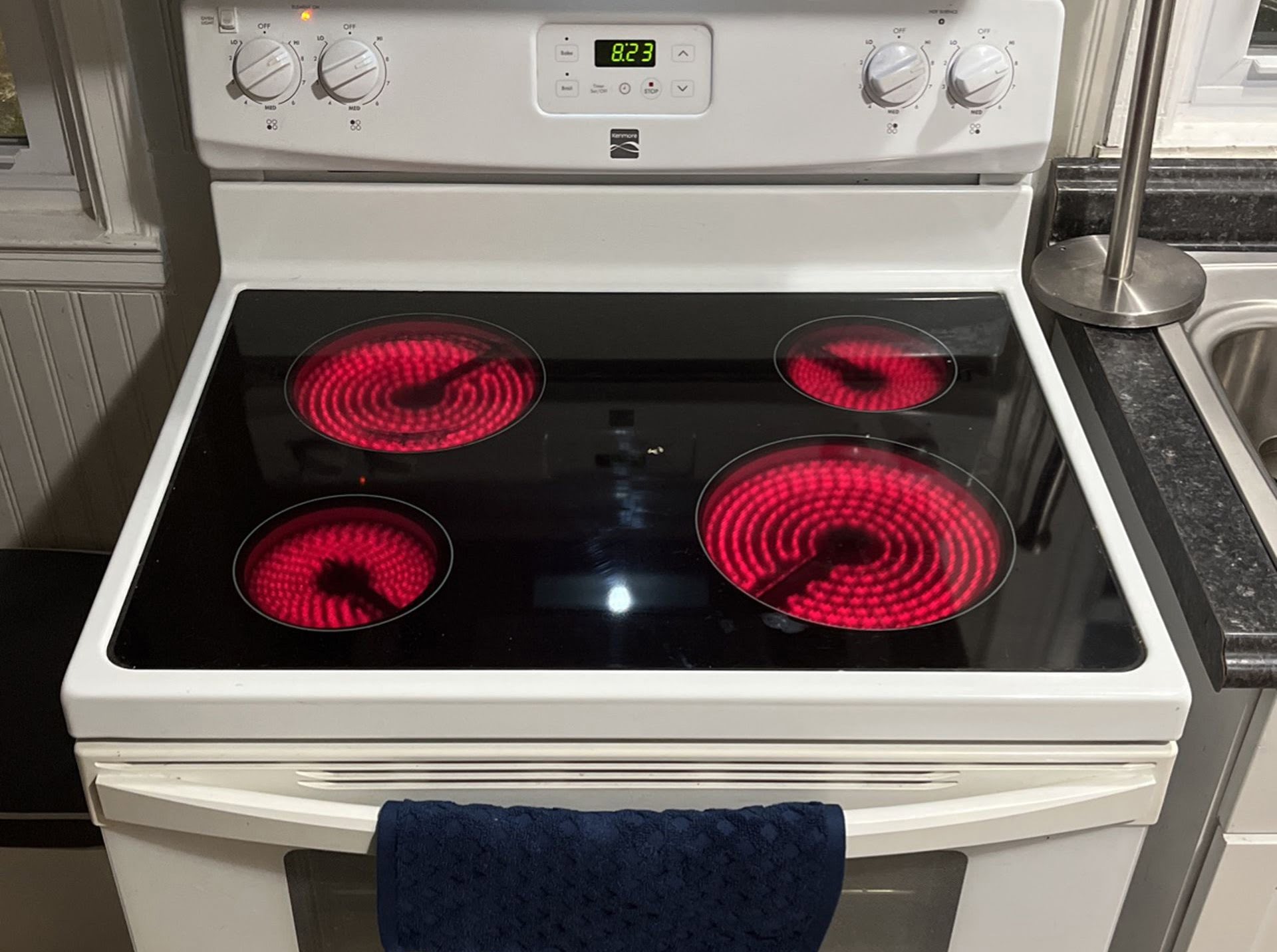
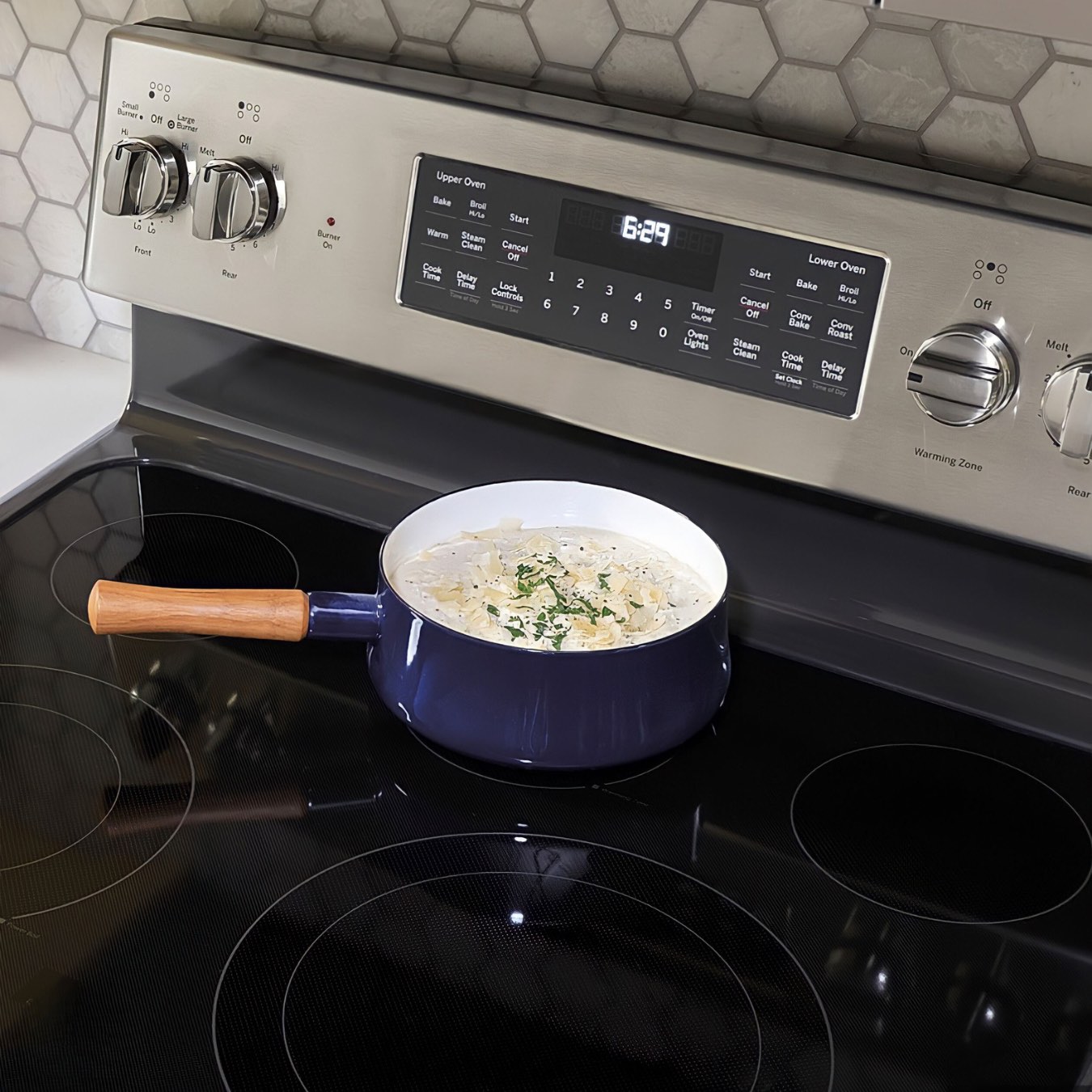
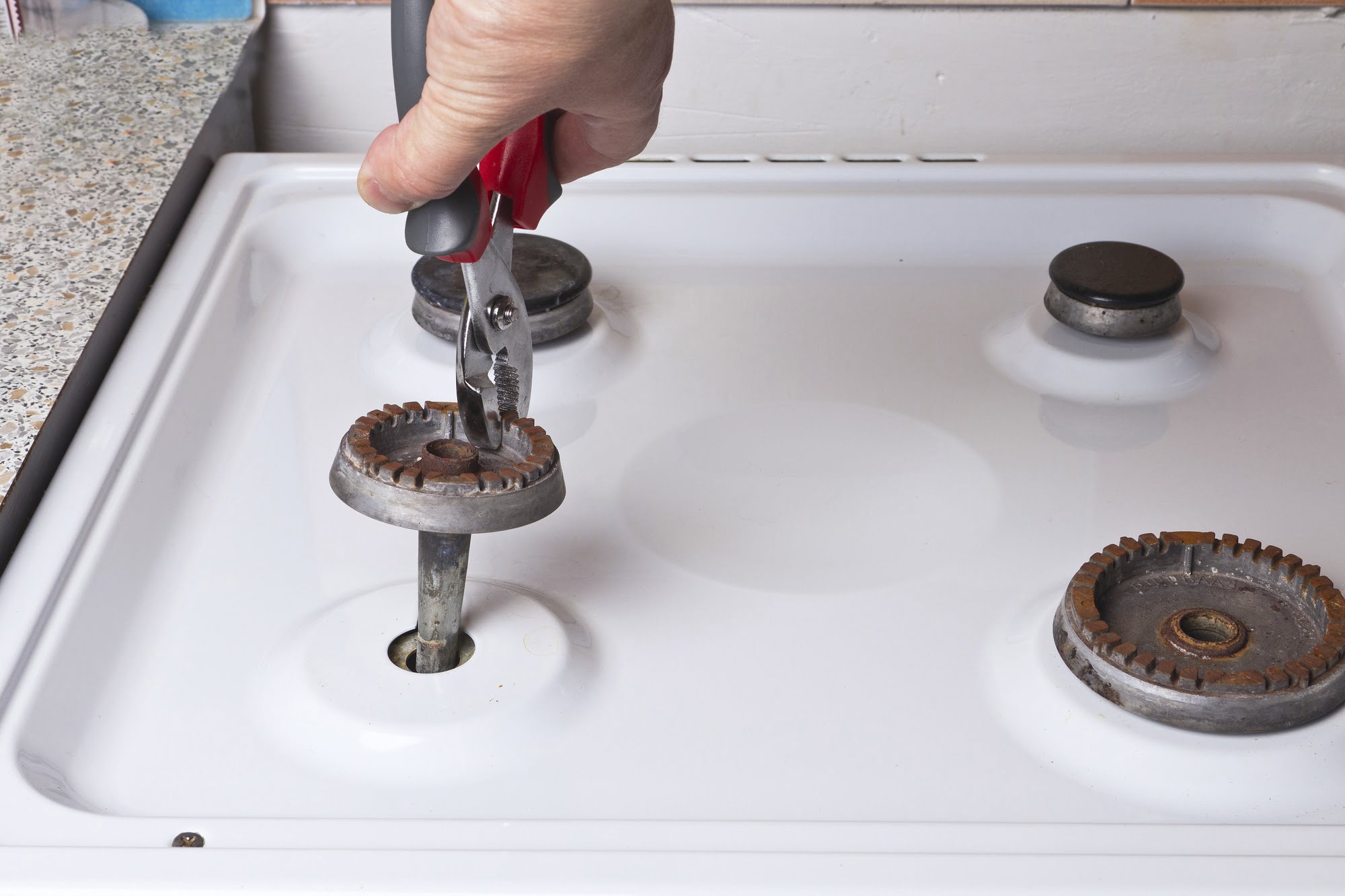
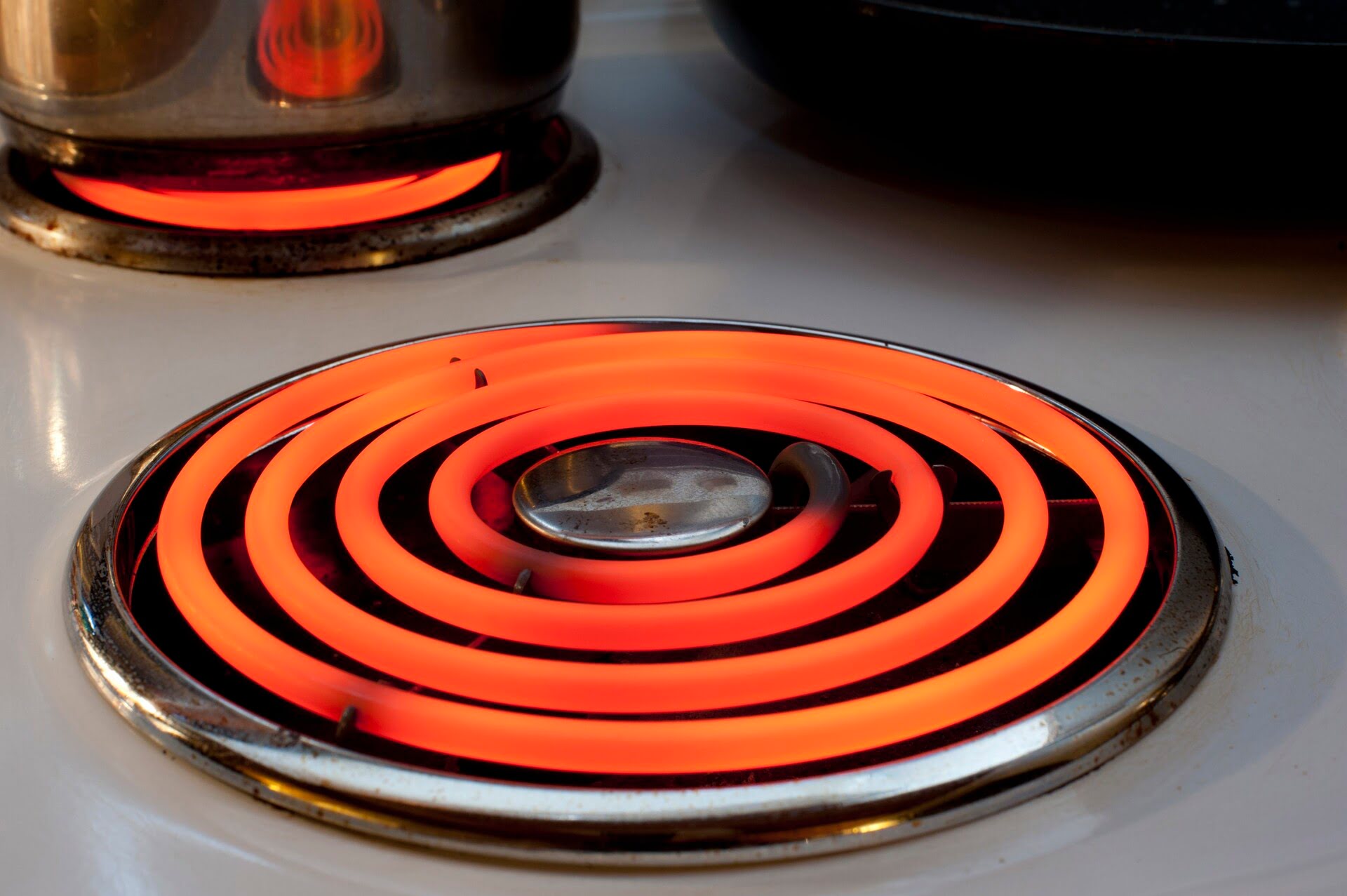
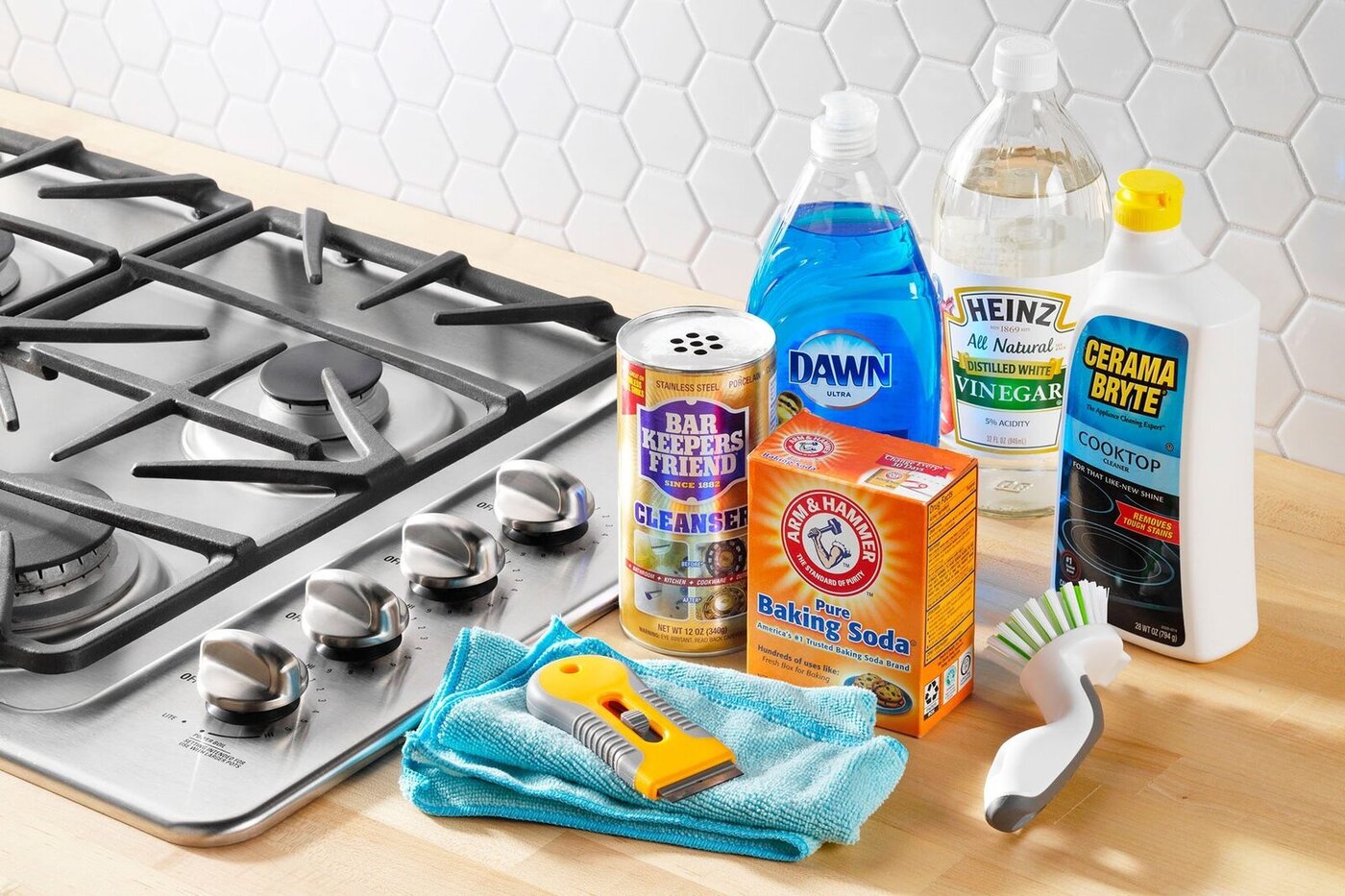
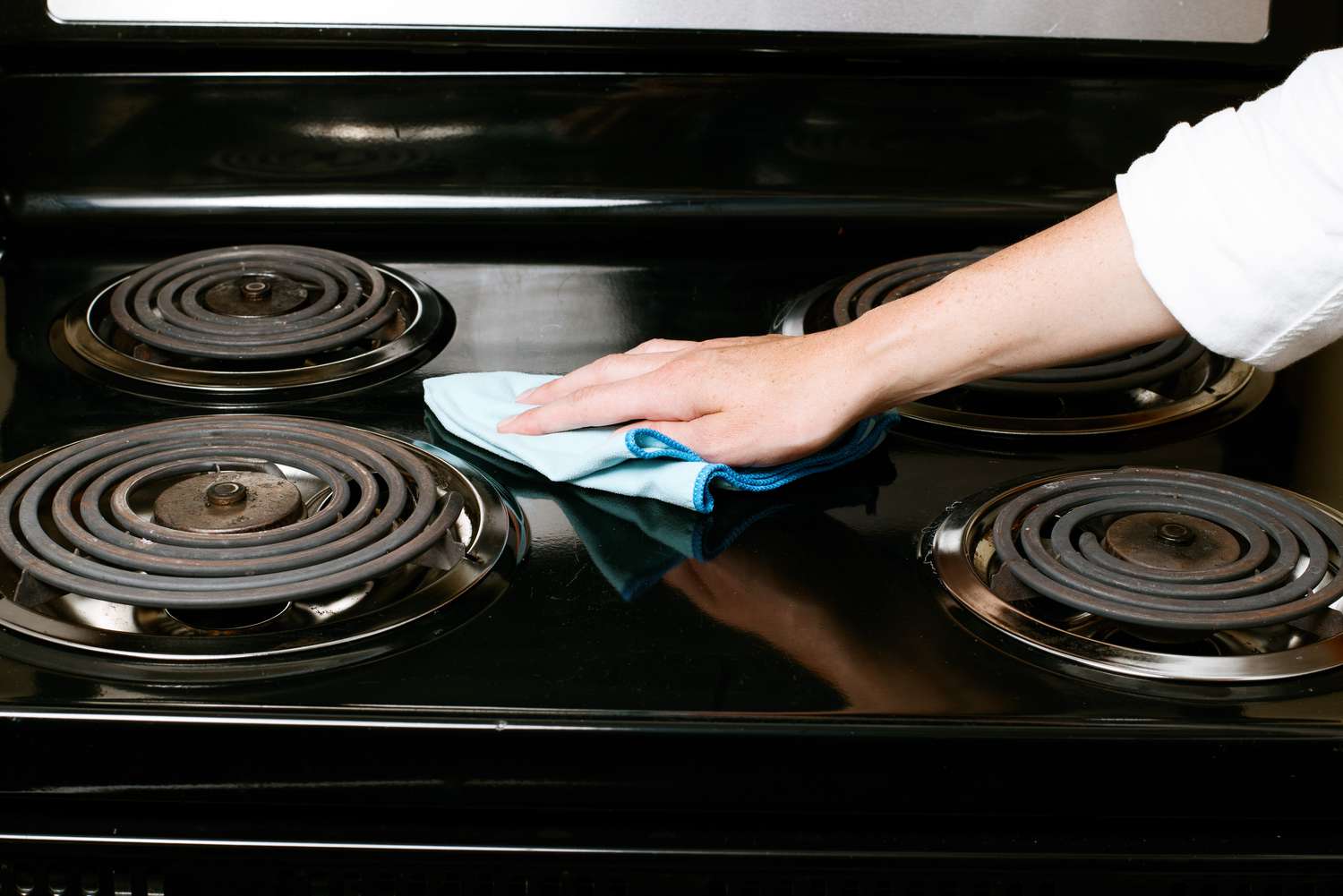
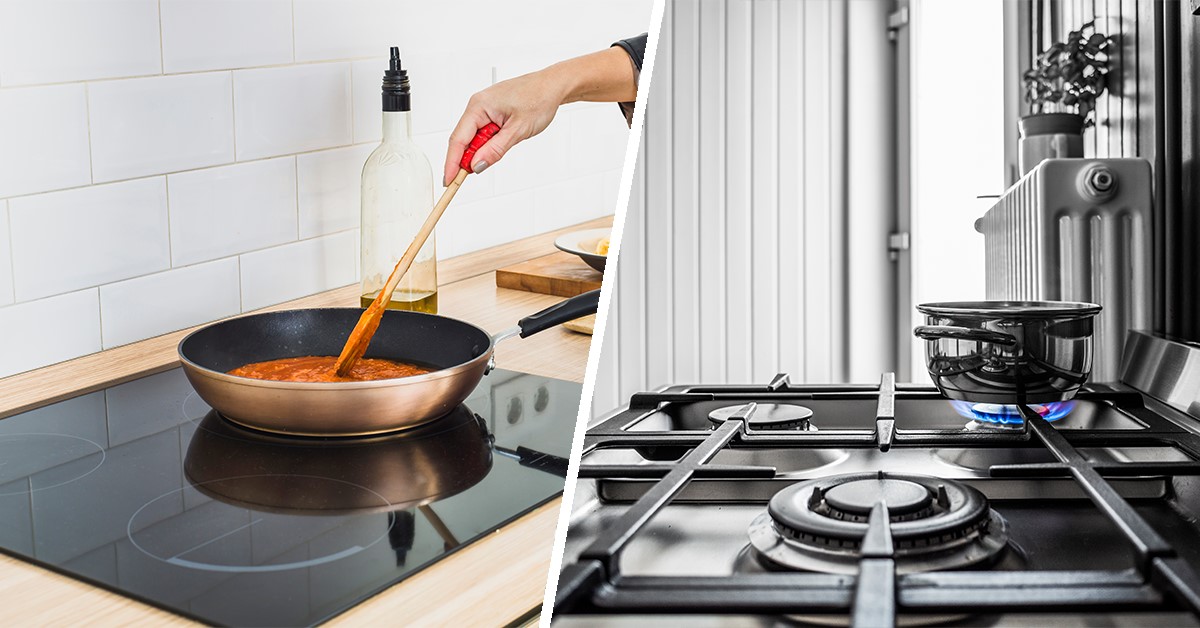
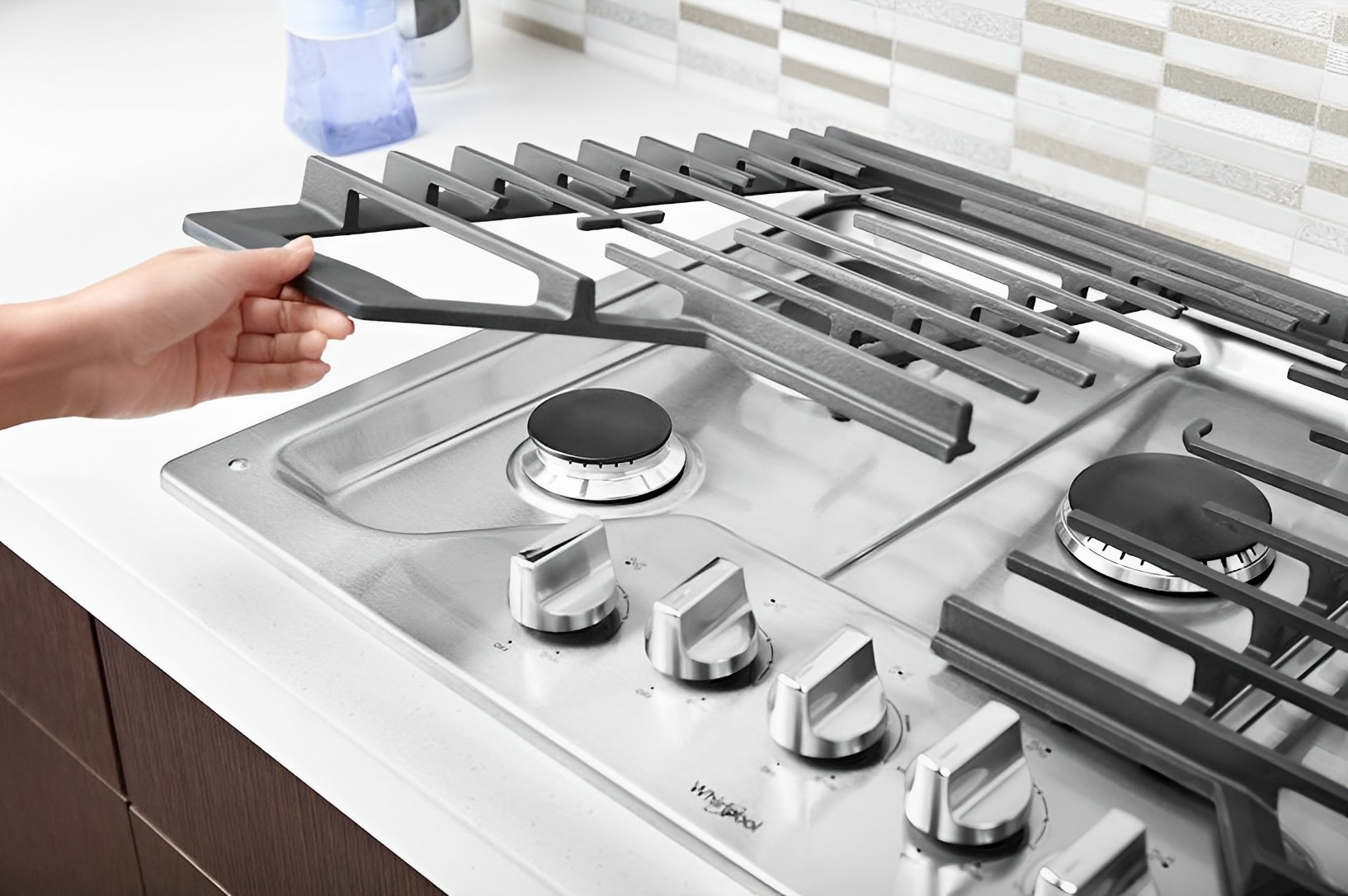
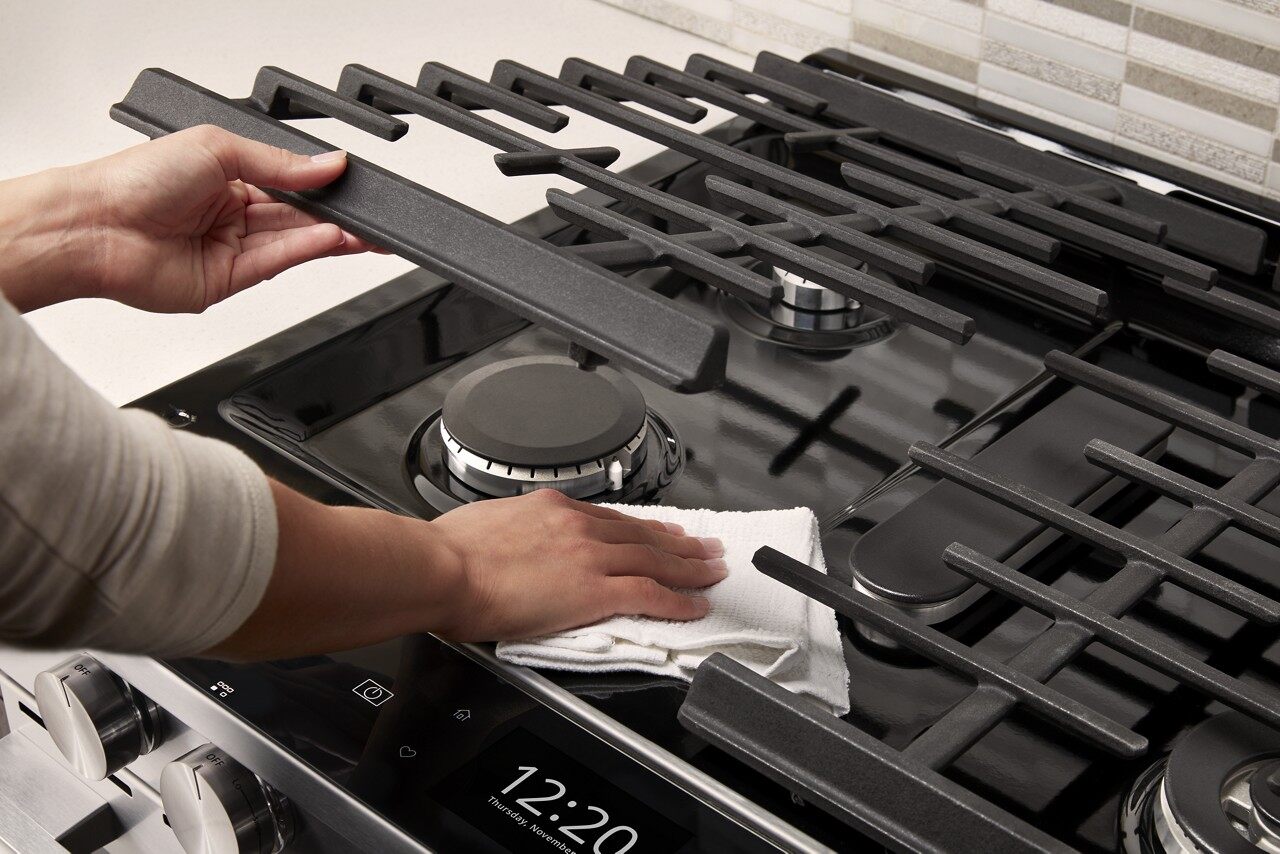
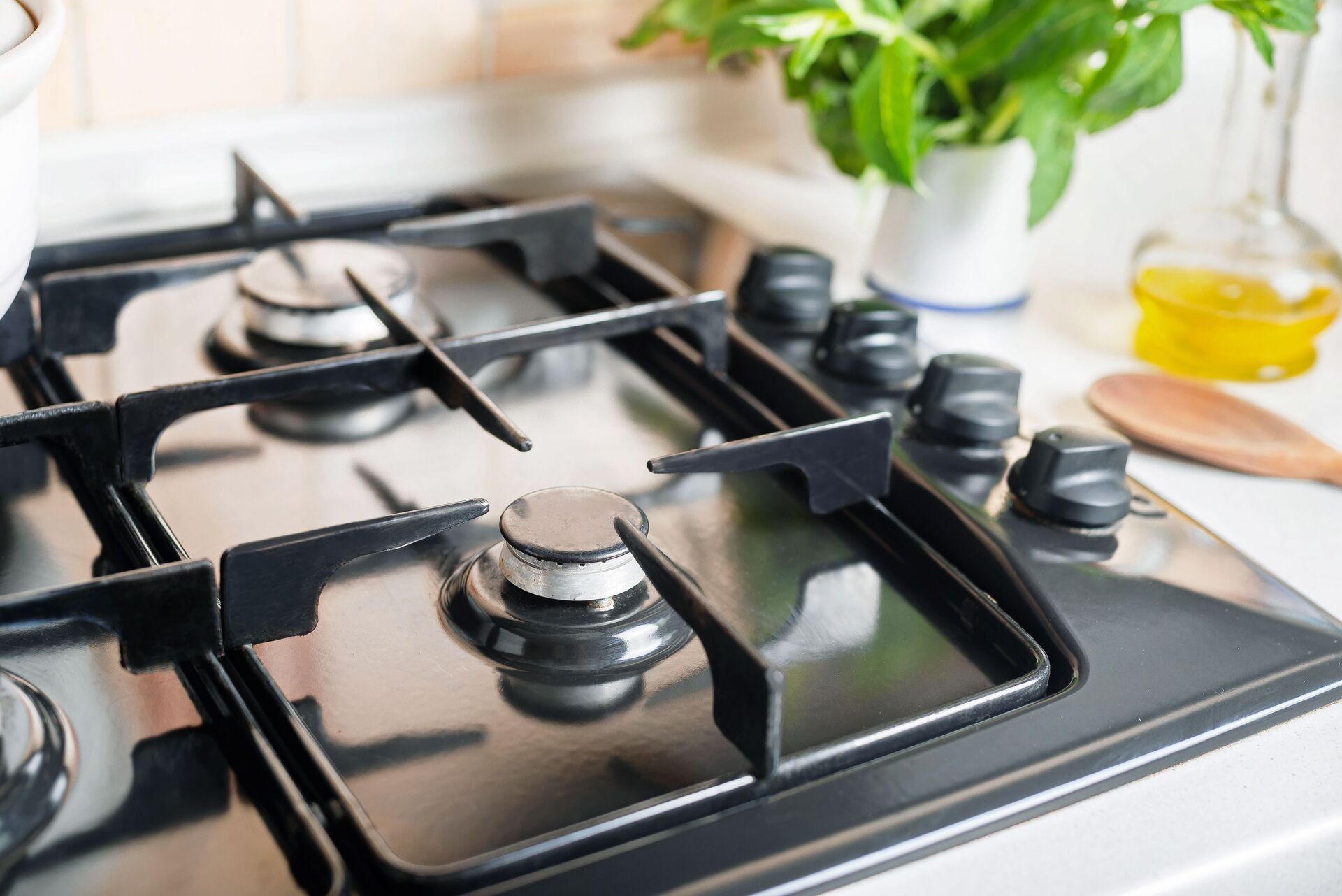
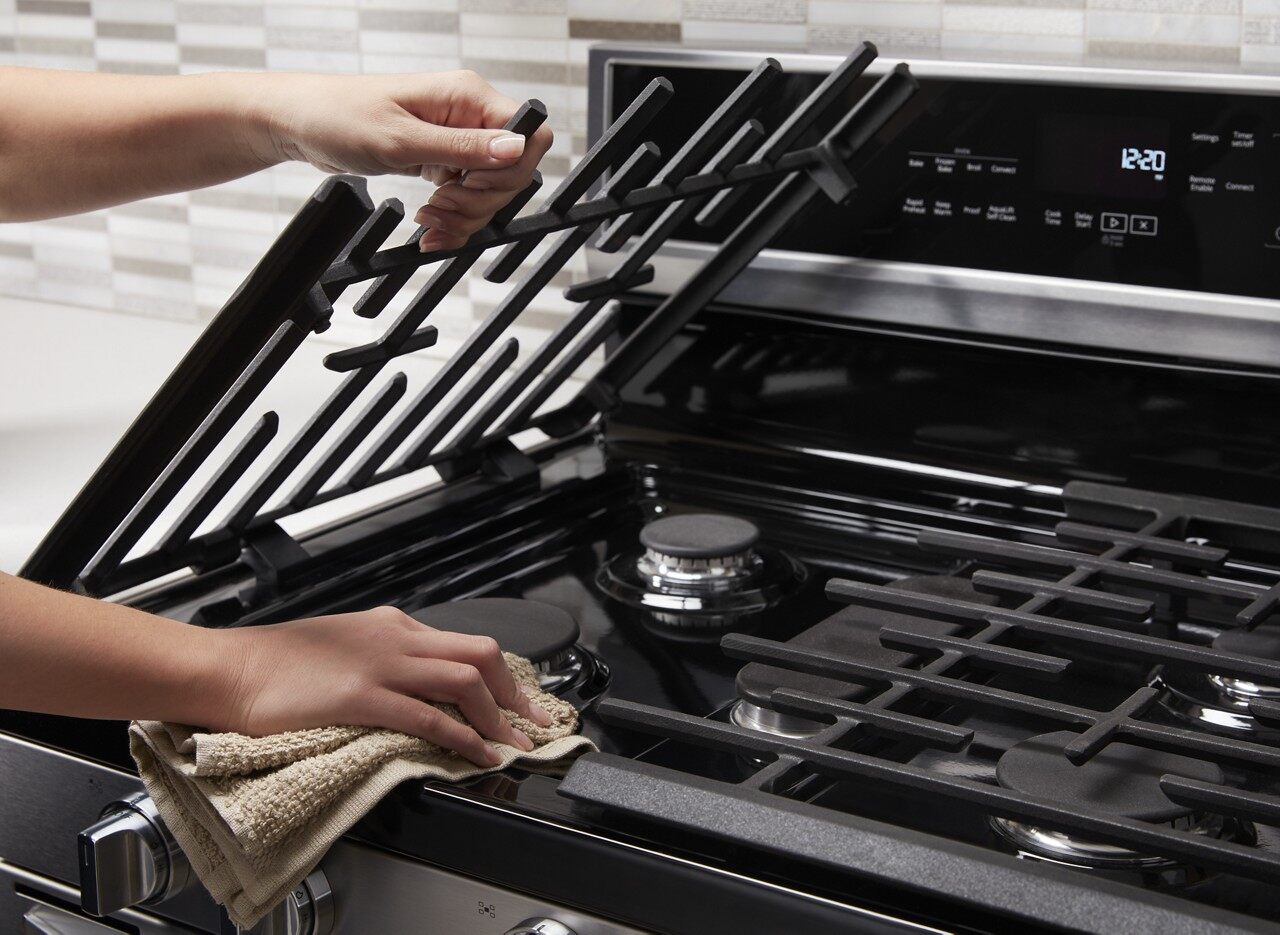
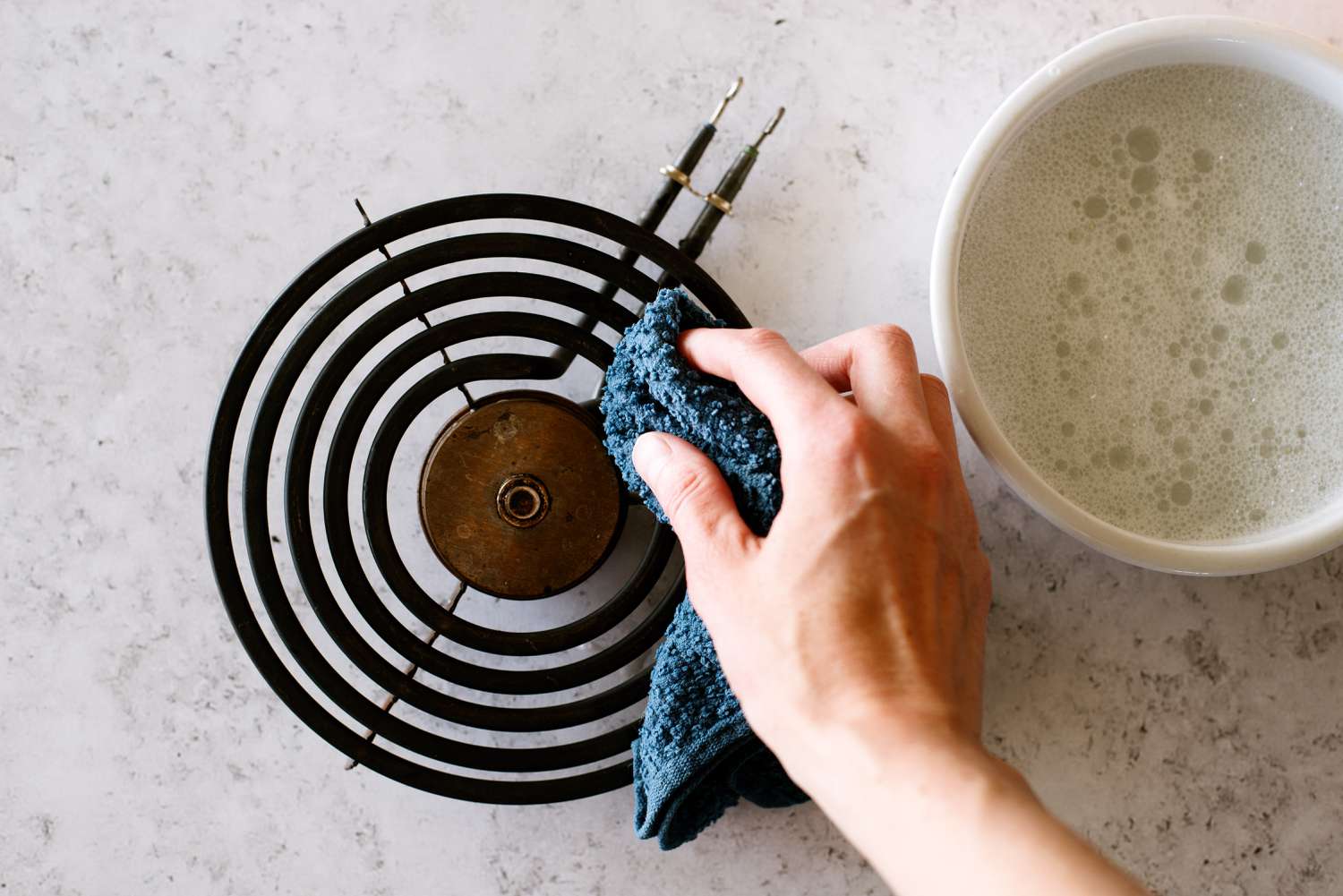
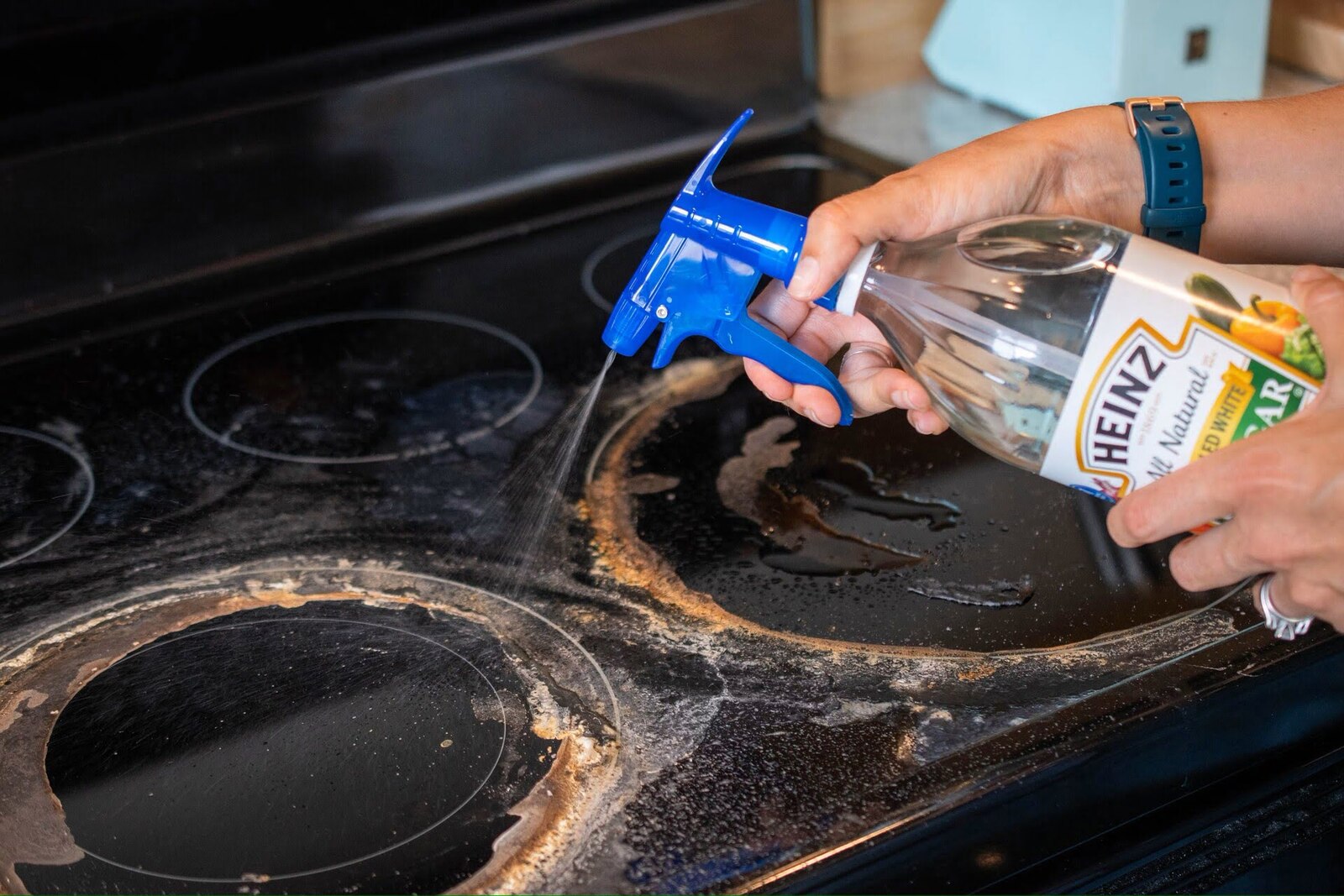
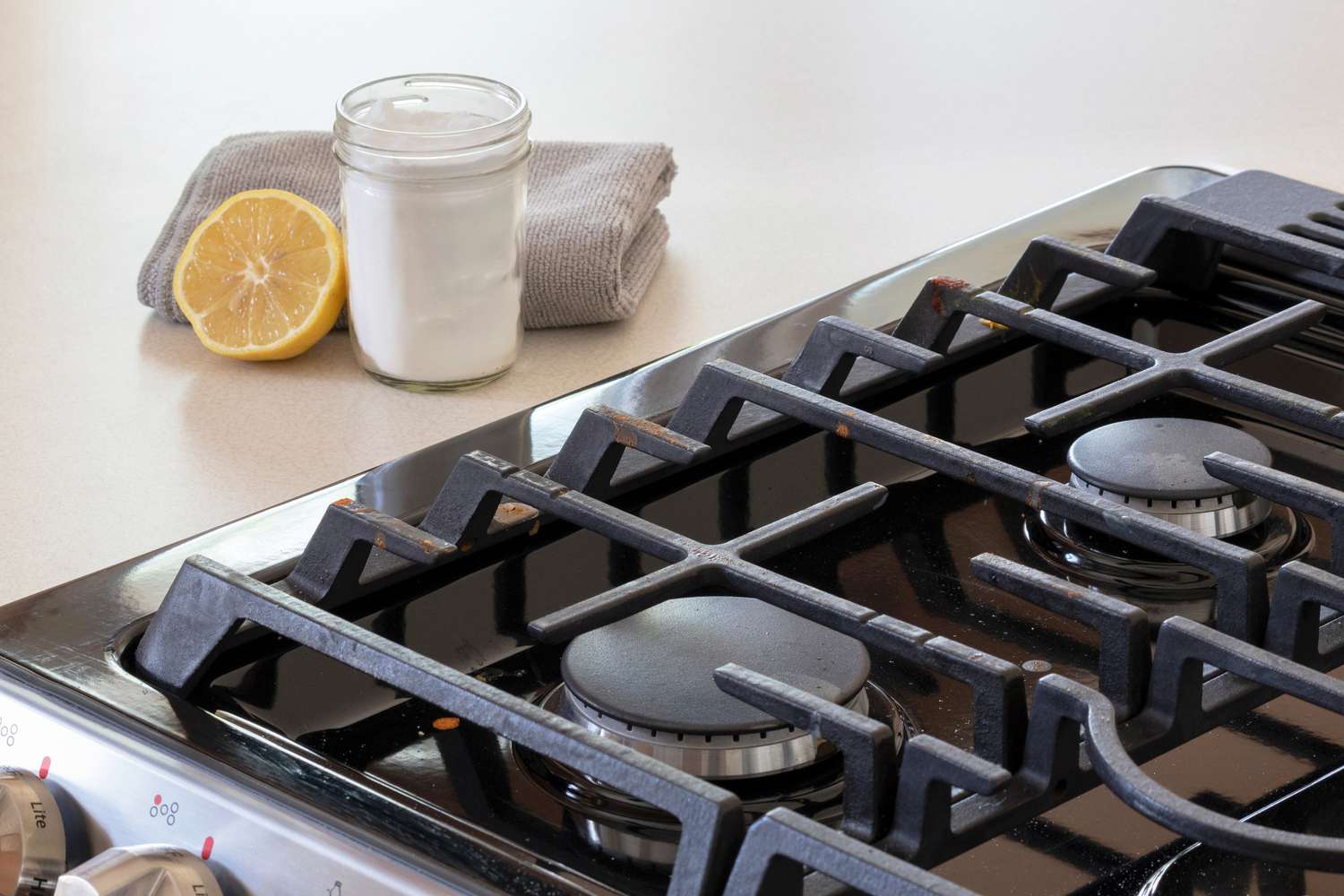

0 thoughts on “How To Troubleshoot Glass Top Stove Burners And Switches”